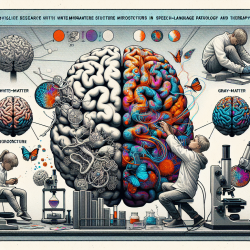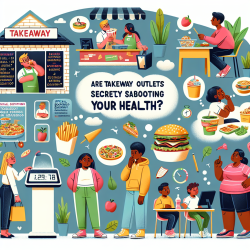Introduction
Early adolescence is a critical developmental period where individuals are particularly vulnerable to the onset of substance use. A recent study titled "Onset of the Non-Medical Use of Prescription and Over-the-Counter Medications during Early Adolescence: Comparison with Alcohol, Tobacco, and Marijuana" sheds light on this issue. This research highlights the importance of a comprehensive approach to prevent substance misuse among young adolescents.
Understanding the Research
The study involved 1,887 students from 22 middle schools in the northeastern United States. It found that the rate of overall substance use more than doubled from 5.5% to 11.9% between the sixth and seventh grades. The predictors of non-medical prescription and over-the-counter drug misuse overlapped significantly with those for marijuana and other substances. Key predictors included the perception of friends' substance use and the belief that substance use can help deal with problems. Decision-making skills were found to be protective against the onset of all substance use outcomes.
Implications for Practitioners
For practitioners working with adolescents, the findings of this study suggest several actionable strategies:
- Focus on Decision-Making Skills: Enhancing decision-making skills can be a protective factor against substance misuse. Practitioners should incorporate cognitive-behavioral approaches that emphasize problem-solving and critical thinking.
- Comprehensive Prevention Programs: A single, unified approach that targets multiple substances may be more effective than separate interventions. Programs should address common risk factors and enhance life skills, social resistance skills, and correct normative expectations.
- Address Perceptions of Social Benefits: Educate adolescents on the misconceptions surrounding the social benefits of substance use. Encourage open discussions about the real impacts of substance use on social dynamics and personal well-being.
Encouraging Further Research
While this study provides valuable insights, further research is needed to explore these findings across diverse socio-economic and racial/ethnic groups. Practitioners are encouraged to contribute to this body of research by examining the effectiveness of prevention programs in various settings and populations.
Conclusion
The onset of substance use during early adolescence can have long-term adverse effects. By implementing comprehensive prevention strategies that focus on decision-making skills and addressing social perceptions, practitioners can play a pivotal role in reducing substance misuse among young adolescents.
To read the original research paper, please follow this link: Onset of the Non-Medical Use of Prescription and Over-the-Counter Medications during Early Adolescence: Comparison with Alcohol, Tobacco, and Marijuana.










